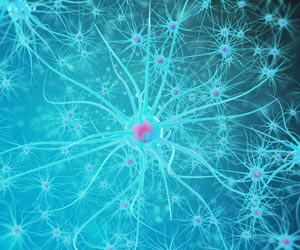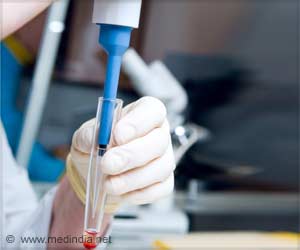Newly developed fluorescent sensors may shed light on the complexities of brain cell connections, that is, how neurons distinguish their processes while establishing connections.

‘Through the development of a fluorescent sensor, researchers can now witness the intricate connections between brain cells and their removal, driven by a specific adhesion molecule —clustered protocadherin (Pcdh).
# Neurons, #Fluorescent Sensor, #Neural Connections
’





In a recent publication in iScience, researchers from SANKEN (The Institute of Scientific and Industrial Research) and the Graduate School of Frontier Biosciences at Osaka University reported the development of a sensor to look at Pcdh interactions in live neurons, which brings us closer to understanding this mystery (1✔ ✔Trusted SourceVisualization of trans-interactions of a protocadherin-α between processes originating from single neurons
Go to source).
In the brain, millions of neurons make trillions of connections with each other. To do so, each neuron puts out tiny processes that grow and travel until they find another cell’s processes to connect with.
However, because each cell has so many processes all over the place, cells can accidentally make connections with themselves rather than with others. One way to avoid this involves Pcdh, which is expressed in different combinations on each neuron’s surface.
Key Role of Clustered Protocadherin (Pcdh) Unveiled
One role of Pcdh is in cell adhesion; if two neuronal processes have exactly the same combination of Pcdh molecules, the molecules bind to one another. Conversely, if the combinations are even slightly different, they are viewed as “other” rather than “self,” and do not bind.Although there are conventional techniques for detecting molecular interactions between cell surfaces, which can show us when the molecules bind, but not when they split apart again. Researchers from Osaka University wanted to tackle this issue.
Advertisement
This new technique does have a few disadvantages. For example, its fluorescence is much duller than that observed using older techniques, and it is unable to differentiate connections between processes from the same cell and those from two different cells with the same combinations of Pcdh on the surface.
Advertisement
The sensors developed in this study have many potential applications. In particular, the technique may be used to develop a range of fluorescent sensors to visualize neuronal self-connectivity, which is implicated in brain disorders such as autism and epilepsy.
A better understanding of neuronal self-connectivity may lead to improved treatments for these disorders.
Reference:
- Visualization of trans-interactions of a protocadherin-α between processes originating from single neurons - (https://www.sciencedirect.com/science/article/pii/S2589004223013159?via%3Dihub)
Source-Eurekalert












